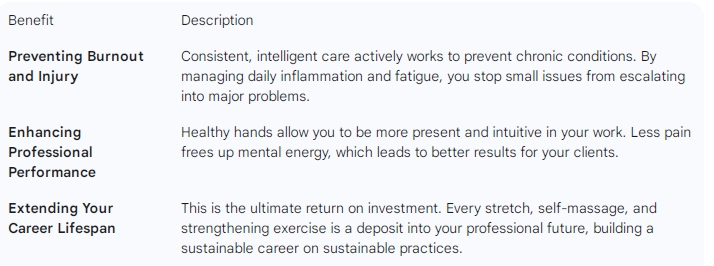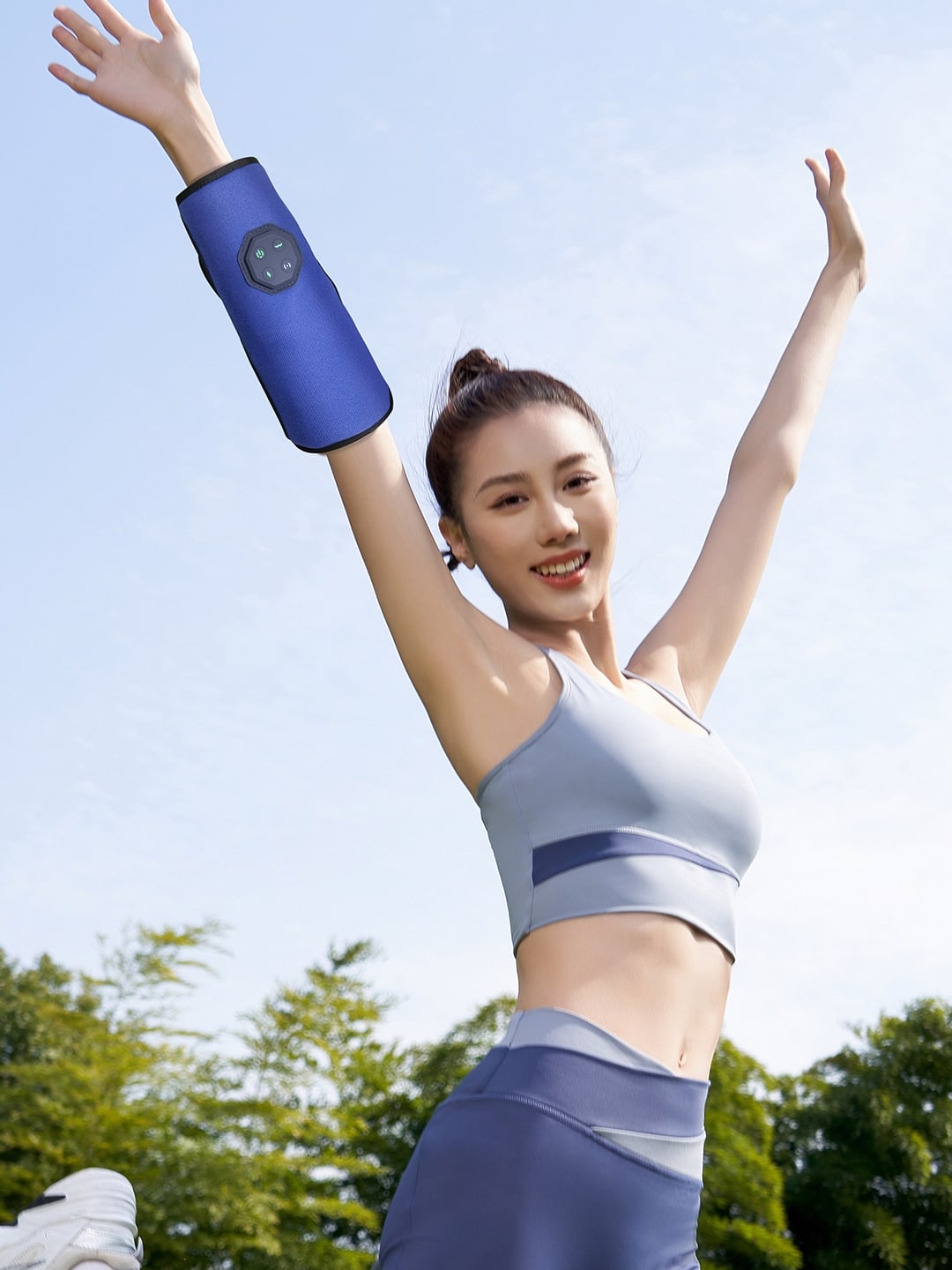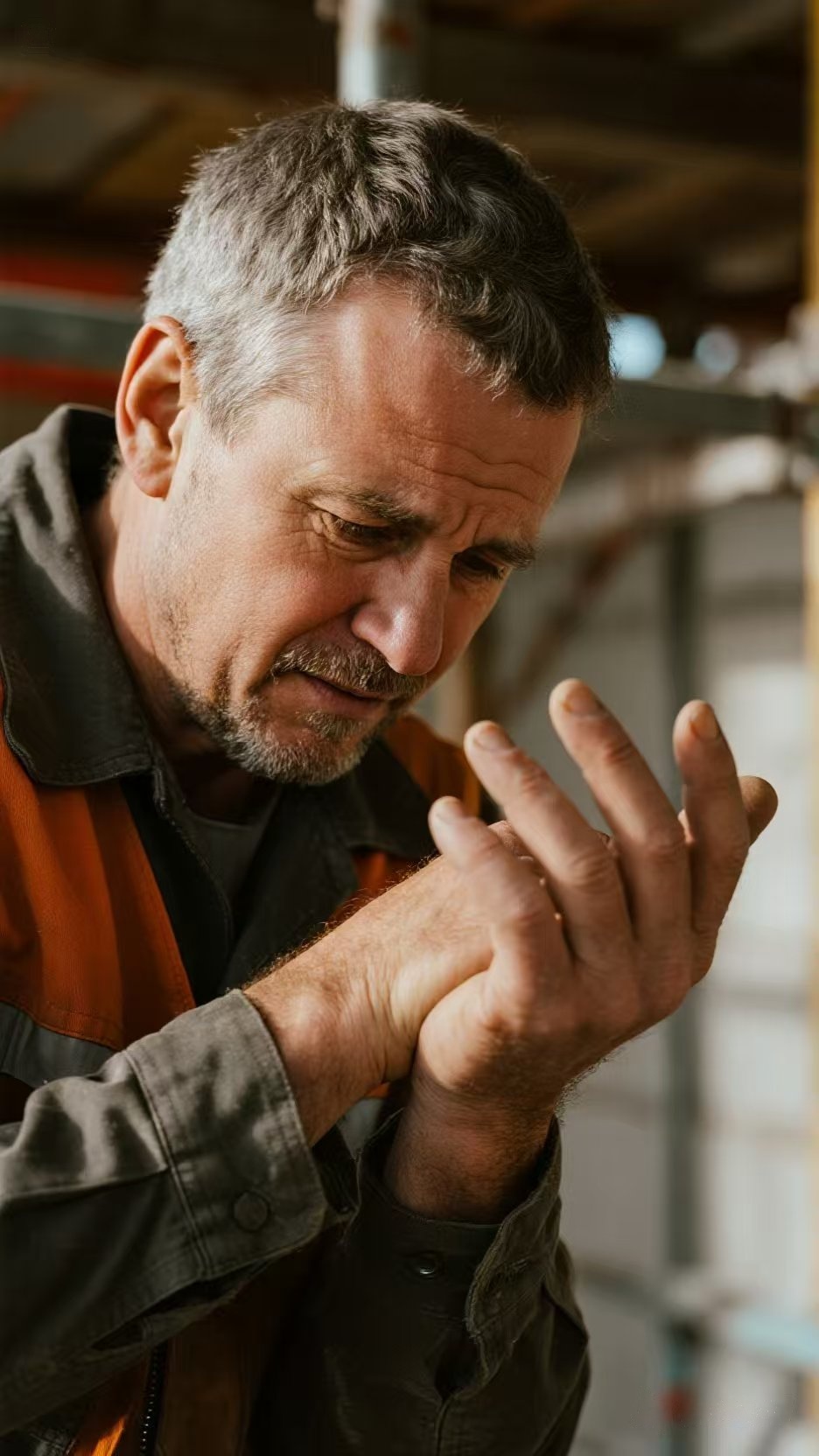Hands On Massage: RMT Guide
- By Grace
- Updated on
As a fitness enthusiast, you understand the language of training. You warm up, you push your limits, you recover. You build strength in your legs, your back, your core. But what about the most intricate, essential tools you possess for your profession? I'm talking about your hands and forearms. For Canadian manual therapists, pain isn't just an inconvenience; it's a direct threat to your livelihood. Ignoring the early whispers of fatigue and strain is a gamble most can't afford to lose.
This isn't about fear; it's about empowerment. It’s about applying that same smart, athletic mindset to your most valuable assets. We're going to move beyond just hoping for the best and build a resilient, three-pronged strategy for hand and forearm health. We'll explore how smart recovery tools, targeted cross-training, and strategic support can create a system that not only prevents pain but enhances the quality of your work for years to come. Your hands are not just tools; they are the very heart of your craft. Let's start treating them that way.
Proactive Hand Care for Your Hands On Massage Career
Viewing hand care as a professional discipline is a game-changer that can lead to a long and prosperous career. It is an investment that provides tangible benefits for your performance, finances, and overall well-being in manual professions. By adopting a proactive stance, you build a buffer against common repetitive strain, building resilience from the inside out and outside in. Making this a non-negotiable part of your routine is a smart move for three key reasons.

A Multi-Faceted Routine for Hands On Massage Health
A truly effective hand care strategy isn't about finding one magic bullet. Instead, it’s about creating a robust system with multiple layers of defense and recovery for your demanding work. The most resilient professionals I've seen all have one thing in common: they layer their strategies. They combine modern technology with timeless physical conditioning to create a comprehensive routine that protects their ability to perform.
1. Smart Recovery with Modern Massage Tools: The first pillar focuses on daily, targeted recovery. Modern, portable massagers—equipped with features like air pressure, heat, and vibration—are becoming standard practice in Canada for a reason. These devices are not just gadgets; they are sophisticated instruments that mimic deep-tissue work, flushing out metabolic waste, and increasing circulation to combat fatigue. A good tool for a professional should be multi-functional, offering a combination of features. It must also be ergonomic, portable, and have adjustable intensity to provide consistent, high-quality recovery between clients or after a long day.
2. Building Foundational Strength with Cross-Training: The second pillar emphasizes proactive physical conditioning. Just as a marathon runner trains their legs, manual professionals must condition their hands and forearms to build the resilience needed for demanding work. Strengthening these supporting muscles through cross-training provides stability and endurance, which are far more effective than relying on a brace. Simple, targeted exercises like wrist curls and extensions with light dumbbells, using grip strengtheners or therapy putty, and performing towel wrings are powerful preventative measures that can be integrated into a daily fitness routine.
3. Tactical Support with Braces and Compression: The third pillar involves using support gear strategically. An athletic wrist support should be viewed as a tool to provide crucial stability during activities that might strain the wrists, while simple wrist compression sleeves are ideal for post-work recovery. This gentle compression can help reduce swelling and improve proprioception. For minor flare-ups or strenuous non-work activities, a more structured brace may be appropriate for stabilization. Some therapists even use pneumatic compression devices that provide active, intermittent pressure to accelerate recovery by flushing out metabolic waste. The key is to understand the difference: a brace is for stabilization during activity, while compression is often for recovery. Using the right tool at the right time is a hallmark of a professional approach to career longevity.

Best Practices for a Hands On Massage Career
Building a resilient career is a marathon, not a sprint. The pillars we've discussed—tools, training, and support—are the foundation for any hands on massage professional. Consistency is the cement that holds it all together. Integrating these best practices into your daily and weekly rhythm will transform them from chores into career-sustaining habits. This is where you move from defense to offense, actively cultivating health for your career.
Think of these as the non-negotiable rules of engagement for your hands. Overlooking them is often the first step on the path to chronic issues that can jeopardize your ability to work. Making these a priority is a direct investment in every session you will perform in the future.
- Listen to Your Body: Pain is a signal, not a weakness. Address the whispers before they become screams.
- Warm-Up and Cool-Down: Dedicate 2-3 minutes before and after your workday to simple hand and wrist stretches.
- Use Support Gear Intelligently: Don't just wear an athletic wrist support when you're in pain. Use gentle wrist compression sleeves after a long day to aid recovery and reduce inflammation.
- Audit Your Technique: Periodically review your technique. Are you using your body weight instead of just muscle? Are your wrists in a neutral position? This is a continuous practice of refinement.
When to See a Pro About Hands On Massage Pain
This guide is for prevention and management, not a substitute for professional medical advice. While a good brace can help, it cannot fix an underlying injury. Relying on constant support is a major red flag that you need an expert. Be vigilant for red flags that indicate a more serious issue, and book an appointment with a qualified professional if you experience any of the following: persistent numbness or tingling, sharp, shooting pains, a noticeable loss of grip strength, pain that wakes you up at night or is present at rest, or visible swelling that doesn't resolve. Pushing through certain types of pain can endanger your entire career.
Your Hands, Your Future in Hands On Massage
Your career is literally in your hands. Protecting them is not a luxury; it is the most fundamental aspect of your professional practice. By embracing a three-pronged approach—integrating smart recovery tools, building foundational strength, and using tactical support—you shift from a reactive to a proactive mindset. This is how you build a long, fulfilling, and pain-free career in the demanding hands on massage field.
Frequently Asked Questions
Are hand massagers effective for carpal tunnel syndrome?
While a hand massager is not a cure for carpal tunnel syndrome (CTS), it can be a very effective tool for managing its symptoms. Massagers that use air compression and heat can help increase blood flow and reduce muscle tension. Some people find additional relief by also using a gentle compression sleeve at night to keep the wrist in a neutral position. However, it's critical to consult with a doctor for a proper diagnosis and a comprehensive treatment plan.
Are cordless hand massagers better than corded ones?
The "better" choice really depends on your specific needs. Cordless hand massagers offer incredible convenience and portability, which is a major advantage for professionals who are mobile or like to use their device in different locations. Corded models, on the other hand, provide consistent, uninterrupted power, which might be preferable for heavy use in a single location. For most users today, the freedom of a cordless model outweighs the benefits of a corded one.
Is a hand massager worth buying in Canada?
Absolutely. For any professional in Canada whose career in hands on massage depends on their hands, a quality hand massager is a worthwhile investment. Think about the return on investment: the cost of a good massager is minimal compared to the potential cost of lost income from taking days off due to pain, expensive physiotherapy, or being forced to leave your hands on massage profession early. It's one of the smartest investments you can make in your career longevity.





